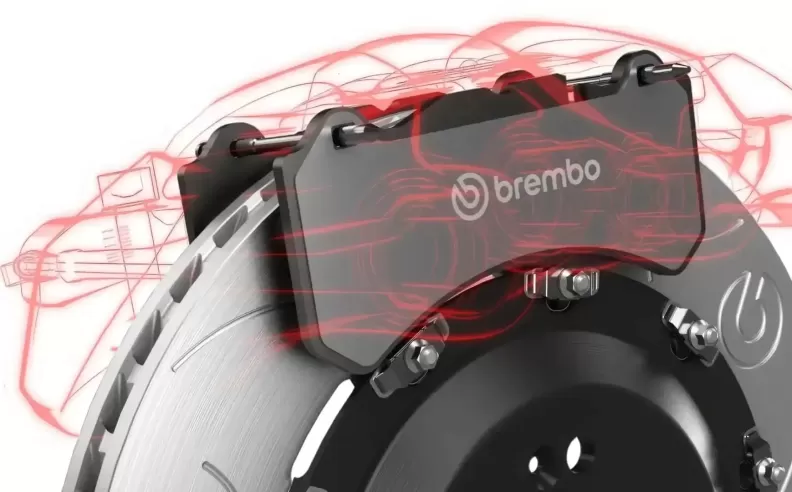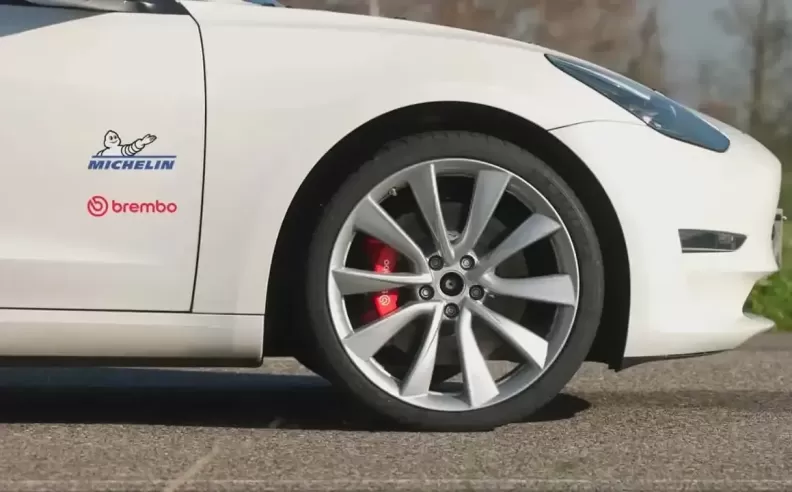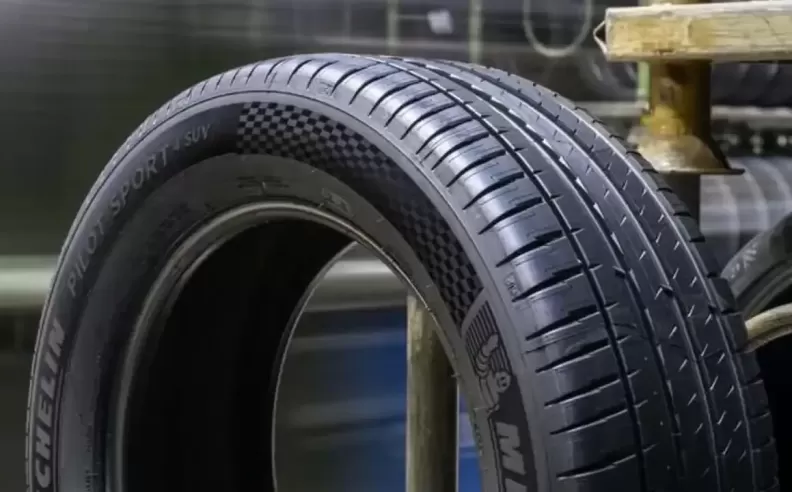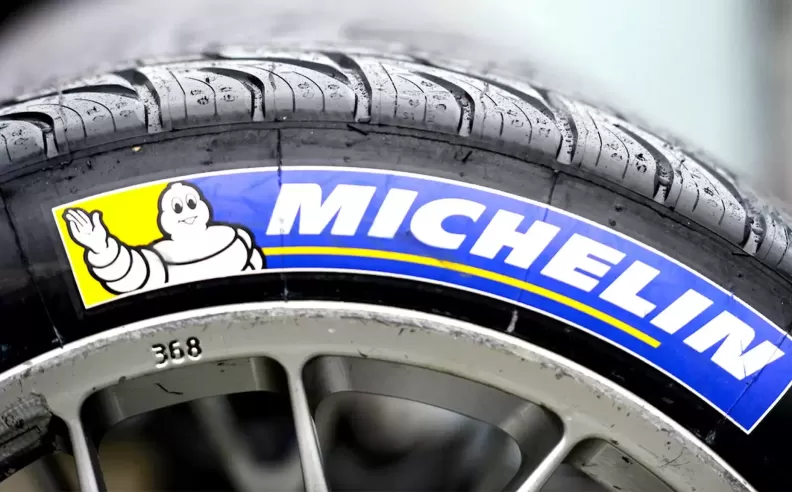
In an industry driven by innovation, the collaboration between Brembo and Michelin signals a groundbreaking shift in how modern cars handle braking. By combining Brembo’s advanced Sensify brake-by-wire system with Michelin’s real-time tire intelligence, the duo aims not just to shorten stopping distances but to reshape how vehicles interact with road surfaces. This partnership marks a bold step toward smarter, software-defined vehicles that adapt their performance dynamically and precisely.

The Sensify system by Brembo abandons traditional hydraulics in favor of a fully digital control unit that interprets signals from the brake pedal and distributes force independently to each wheel. Two configurations make this possible: one uses dedicated electric motors controlling hydraulic circuits, and the other employs motorized calipers that apply braking force without fluid.
Michelin adds another layer of intelligence by supplying the system with real-time data on tire pressure, temperature, wear, and load. This allows the Sensify system to calculate the exact grip of each tire in the moment and modulate braking force accordingly. Tests have shown a reduction of braking distances by up to 4 meters, even under challenging conditions such as wet roads or worn tires. More than just increasing safety, this precise pressure control pushes performance to the limit, always stopping just short of tire lock-up.

Sensify’s influence extends far beyond its role as a brake system. By delivering accurate, moment-to-moment grip data to the car’s central brain, it opens the door for smarter integration with other vehicle components. Think of adaptive suspension systems adjusting in real-time based on tire load, or powertrain and aerodynamic settings optimized for grip on each individual wheel.
This approach aligns with the emerging trend of software-defined vehicles, where integrated digital systems dictate how physical components behave. Michelin’s virtual tire modeling expertise, combined with Brembo’s real-time control, could significantly enhance vehicle dynamics across multiple platforms. From enhanced traction in performance driving to improved comfort in daily commuting, the system’s potential reaches across the entire driving experience.
As this technology matures, its adoption may lead the way for a new standard in vehicle design, where braking becomes part of a wider network of intelligent, self-adjusting systems working in harmony to deliver safer, more responsive, and more efficient mobility.

Started my career in Automotive Journalism in 2015. Even though I'm a pharmacist, hanging around cars all the time has created a passion for the automotive industry since day 1.
